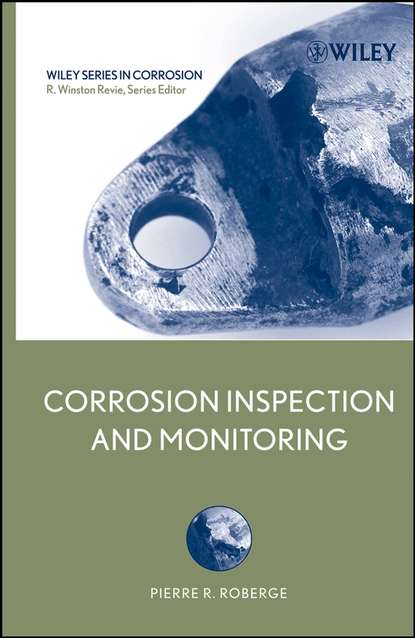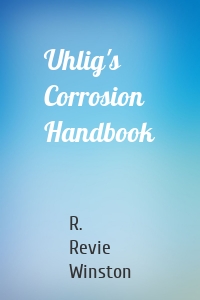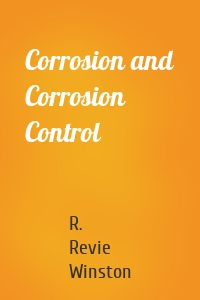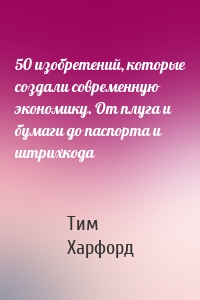
Corrosion Inspection and Monitoring скачать fb2
R. Revie Winston - Corrosion Inspection and Monitoring краткое содержание
The comprehensive reference on modern techniques and methods for monitoring and inspecting corrosion Strategic corrosion inspection and monitoring can improve asset management and life cycle assessment and optimize operational budgets. Advances in computer technologies and electronics have led to very efficient tools for monitoring and inspecting corrosion, including impedance spectroscopy, electrical field signatures, acoustic emissions, and radiographs. This up-to-date reference explains both intrusive and non-intrusive methods of measuring corrosion rates. It covers: The impact of corrosion on the economy and the safe operation of systems in diverse operational environments The various forms of corrosion, with a focus on the detectability of corrosion damage in the real world The principles of risk-based inspection and various risk assessment methodologies (HAZOP, FMECA, FTA, and ETA), with examples from industry The monitoring of microbiologically induced corrosion (MIC), cathodic protection (CP) systems, and atmospheric corrosion Non-destructive evaluation (NDE) techniques, including visual, ultrasonic, radiographic, electromagnetic, and thermographic inspection Roadmaps used by various industries and organizations for carrying out complex inspection and monitoring schedules Complete with graphics and illustrations, this is the definitive reference for professionals involved in the maintenance of industrial systems and structures, from oil exploration to chemical plants and infrastructures; consultants; property managers; and civil, materials, and construction engineers.
Чтобы оставить свою оценку и/или комментарий, Вам нужно войти под своей учетной записью или зарегистрироваться





